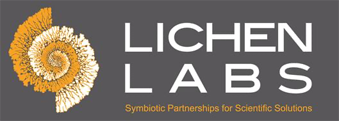Nature offers incredible innovation and inspiration if we know how to find it! During our founder Sue Okerstrom’s time completing her Certified Biomimicry Professional (BPro) program through Biomimicry 3.8, she experienced six in-person sessions across the world studying biomimicry. You can read about her experience during the program in our previous blog.
We share these five patterns in nature from her experience. Some of these nature-inspired inventions may surprise you!
5 Inspiring Patterns in Nature
1. Structural Color is More Than Meets the Eye
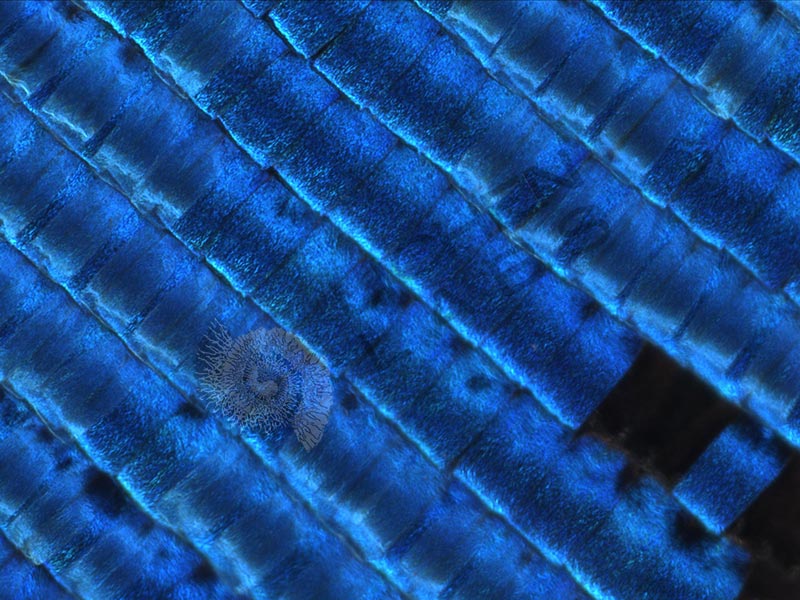
This Morpho butterfly wing is a beautiful example of structural color. The blue in its wing is not due to chemical pigments but how the light interacts with the periodic nanostructures on its surface. When you move the wing, you can see color changes depending on how the light angles off of the wing.
The reflective scale structure has been mimicked for use in screen display technology for more vivid colors with less energy. Tiny mimicked scales have been put in the ink in $20 bills and banknotes around the world to make the “20” shift colors from gold to green and make them difficult to counterfeit.
Structural color and iridescence are a widespread pattern in nature; we call a platform technology. It is found in organisms around the world. Other examples include iridescent fish, peacock feathers, a variety of insects, and even some types of berries.
2. Self Cleaning Super-Hydrophobicity
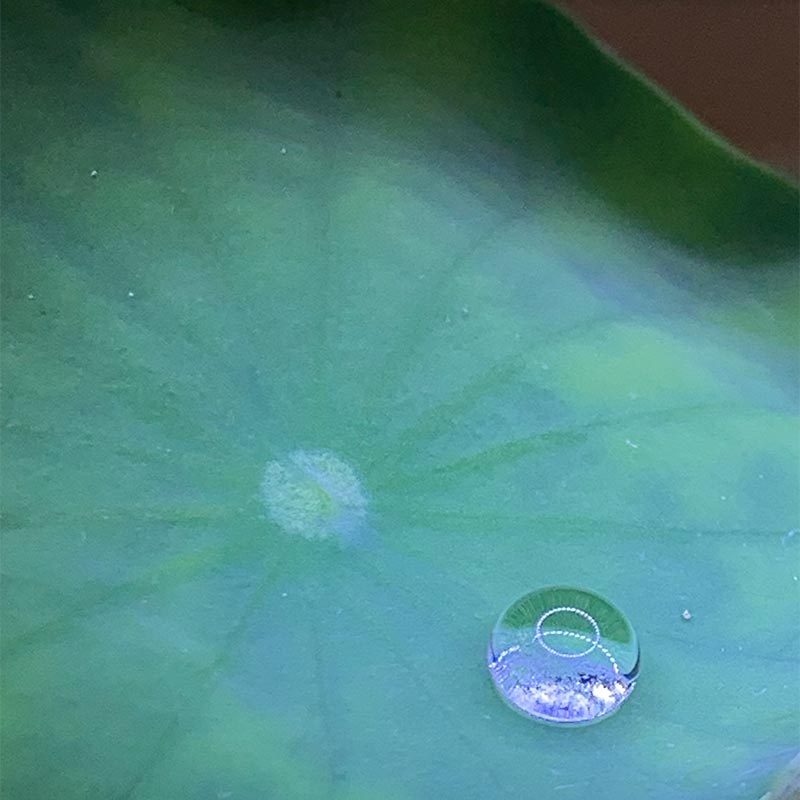
Meet the plant that developed self-cleaning technology. This lotus has self-cleaning leaves due to super-hydrophobicity. The leaves appear to be very smooth, but they actually have a nano-texture of waxy pillars with air between them. When a water droplet hits the leaf, if there’s even the slightest tilt, it will roll off the surface. The rolling water droplet takes dirt particles with since dirt sticks better to the polar droplets then the lotus leaf surface.
Stocorp, a German paint manufacturer, mimicked this mechanism in Lotusan self-cleaning paint.
Another example of super-hydrophobicity is the eyes of mosquitoes which repel fine water droplets for better vision in foggy conditions.
3. Concentrating the minuscule
Never underestimate a lichen! Meet an orange lichen and learn its secret.
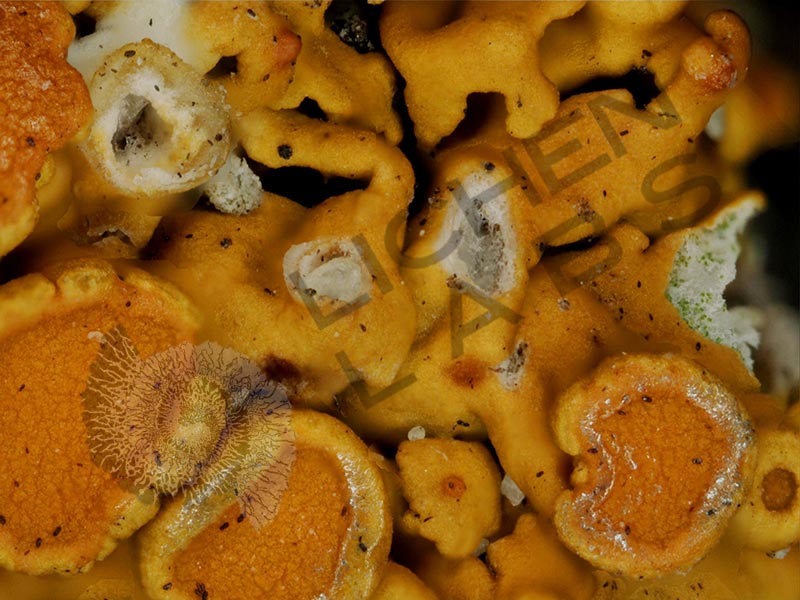
Lichens are a marvel of nature. They are a multi-organism of fungus and algae living in the same body. The Fungi provides the home, and the algae perform photosynthesis to make the food.
They exist without roots, covering around eight percent of the terrestrial surface of Earth on rocks, trees, and the forest floor.
Some types of lichen can live for over 4000 years!
This orange “pin-cushion sunburst” lichen, was found on a twig in Montana at the Rocky Mountain front.
When examining it under a microscope, shiny areas were noticed around a rim of an apothecia structure. After further study in an electron microscope, that shiny area of the lichen was found to be almost entirely made of tin (Sn)! A very unexpected result. The tin was collected from the air through the pores of the lichen and concentrated in the rim of the cup-like apothecia structure.
Turns out lichens are miners. They are analyzed in Australia to indicate where gold can be mined.
Nature gathers and utilizes the minuscule – including extracting metals from the air and water. The water hyacinth is another miner, floating in ponds, its roots remove and collect heavy metals from the water.
4. A Close Attachment
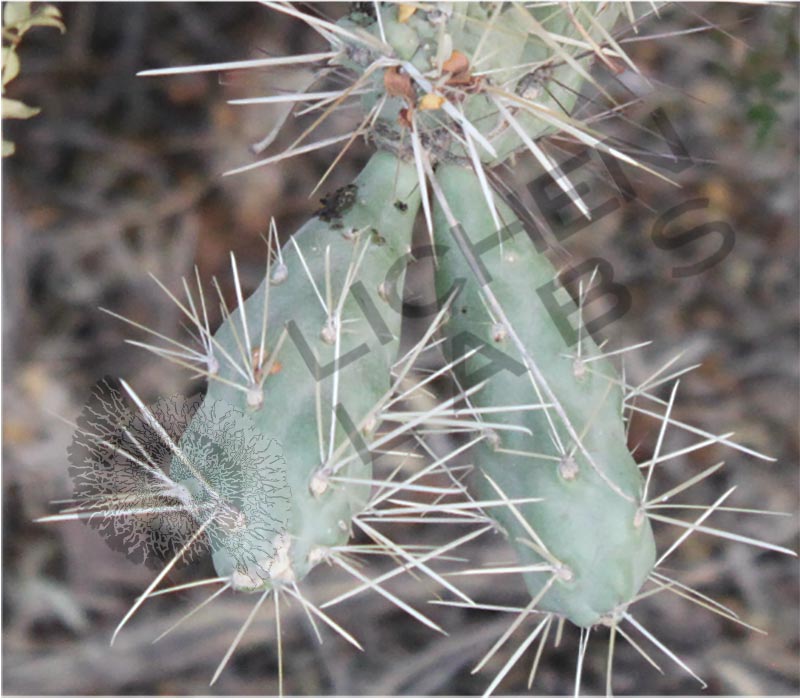
The very sharp spines of the Chain Fruit Cholla (Opuntia fulgida) have multitudes of fine barbs over the entire length. The barbs begin at 50 microns or millionths of a meter from the tip, which is approximately the width of a strand of hair. They are known as the “jumping cholla” because a slight brush by a passer-by results in extreme attachment. The joint on the cactus breaks off before the barbs pull out. These joint pieces can take root becoming vegetative propagules. It uses an attachment to desert animals as an additional dispersal tool and protection against attack.
It is another pattern in nature with “jumping cholla” cactus spines and porcupine quills having similar structure and defense against predation.
Jeff Karp, a physician in Boston, designed a surgical staple emulating the barb structure of the porcupine quill.
5. Natural Glue
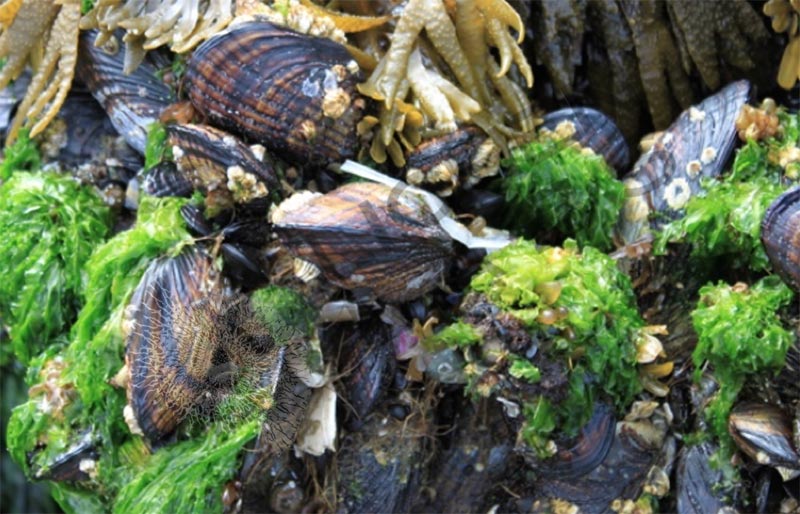
Blue mussels don’t need to run to the craft store for their glue supply. That’s because these resourceful creatures produce their own glue underwater that sticks them to the rocks near the shore. Nature innovated a way for these blue mussels to glue themselves where they need.
This blue mussel glue has been mimicked in Plywood and surgical glue that is non-toxic and modified from soy protein.
Another organism that makes glue underwater is an insect called the caddis fly. Caddisfly larvae extrude a wet silk underwater adhering sand and other particles together to form a protective case in flowing stream environments
Work with Lichen Labs
Lichen Labs is a microscopy lab and biomimicry research and consulting business that supports R&D and problem-solving. We help companies apply biomimicry and microscopy to new product applications while also creating educational resources for STEAM students in the science classroom. Contact us today.
